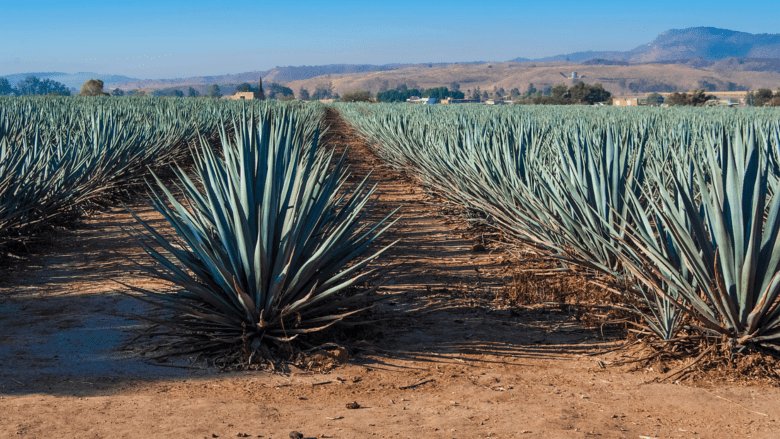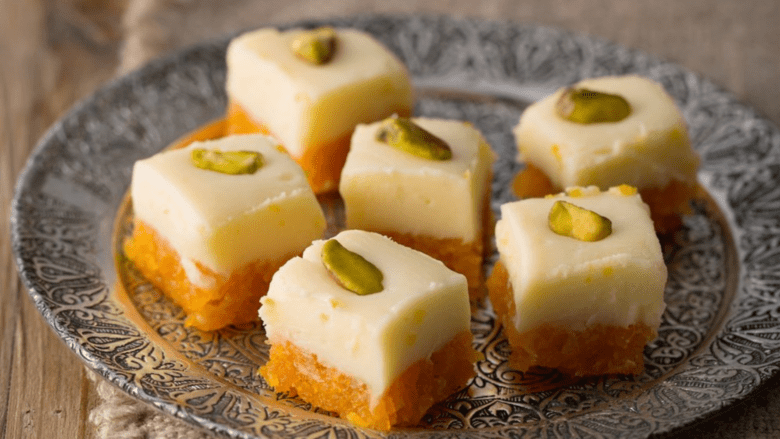Drinking, at its best, is a celebration. And whether you’re raising a glass to life, to love, or to the end (middle?) of a very long work-week, no drink is more celebratory than bubbles.
Popping corks and clinking glasses (along with the ensuing social media) are synonymous with special occasions, but once the toast is over most people ditch the flute in favor of something they actually enjoy. Let’s be honest: a lot of mass-market #bubbles are frankly a little underwhelming. And since Imbibing should be more about what’s in the glass and less about the hashtag, the next time you’re planning on drinking something fizzy, can the cava and pick up a bottle of pét-nat instead.
You’ve probably seen that curious phrase headlining a few patio parties and wine events recently, as people have come to realize that sparkling wine can be something worth savoring without shelling out Champagne bucks. Pét-nat is bubbly, delicious, natural, and cheap—what’s not to love? Read on to find out why you should hop on board this effervescent bandwagon.
What is it?
Pét-nat, short for pétillant naturel, simply means “natural sparkling” in French, and that’s all it is—sparkling natural wine. Small-production organic and biodynamic wines have been gaining popularity for their hands-off, terroir-driven ethos that makes a wine taste like the place it was made. Pét-nat is natural wine’s fizzy equivalent, and the hipster answer to the stuff you’ve been dumping in mimosas all these years.
What makes it different is the way it’s fermented. The traditional method for Champagne and its bubbly brethren starts with a normal, non-sparkling wine. Upon bottling, extra yeast and sugar are added to induce a secondary fermentation and, voila: bubbles. Pét-nat, on the other hand, is allowed to finish fermenting in the bottle, where the natural CO2 from the fermented yeast ends up trapped inside, creating a more gentle carbonation with smaller, softer bubbles.

As you might have surmised from the name, pét-nat hails from France in the Loire Valley, which is better known for other, fancier wines. But the fact that it’s nothing fancy is sort of the whole point—pét-nat is what French winemakers have been messing around with on the side for centuries. It’s the bottle they reach for when friends drop by for dinner or to make cheese or whatever it is French people do for fun.
It’s a wine without a lot of rules, meaning there’s plenty of room for experimentation. You can find pét-nat being made wherever they’re growing grapes, from Italy to California and even New York’s Finger Lakes. You’re likely to see grapes you’ve never heard of, and the wine’s natural roots means the flavor profiles trend toward the weird and wacky rather than cleaving to the same old buttery/oaky/jammy adjectives. The funky fermentation process means the final product is generally low in alcohol and often a little cloudy, because the yeasts are still hanging out in the bottle (they’re “disgorged” from more commercially-minded wines). But like the rest of it, all of this is perfectly natural.
Why should you drink it?
Nothing will replace a fine glass of Champagne as the pinnacle of elegance in a glass. But if you’re looking for something a little different, possibly more interesting, very crushable, and definitely dirt-cheap (most bottles are under $30), pét-nat wines are the perfect unfussy bottle for any occasion. Keep a few in the fridge for impromptu gatherings—it’s perfectly acceptable to drink out of coffee cups. Wow your friends over the holidays with something new and exciting. Since the wines are meant to drink young they’re often topped with beer caps, making them quick and easy to pop at a picnic (or in a movie, but that would be bad).
Where can you find it?
Ask for pét-nat at your local wine boutique, and keep an eye peeled on by-the-glass lists at hipper joints with more experimental stuff going on (probably not the sports bar). Most of these wines are in limited productions, and they’re meant to be drunk right now, so don’t obsess over finding a specific name. Rather, have some fun cracking a bottle or three and finding a favorite with your friends. Fun and spontaneity are what pét-nat is all about.

















